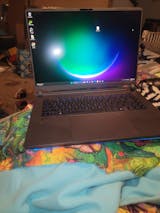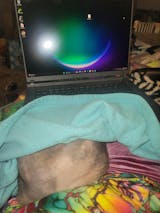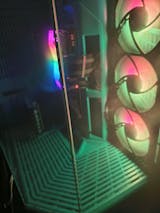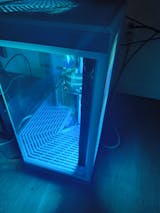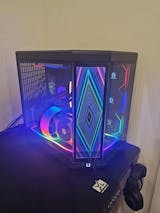Set Your Primary Drive as First Boot Device—Then Nuke the Rest
If your PC gaming computer takes longer than you’d like to start up, you might assume it's just part of owning older hardware or having too many apps on startup. But before you start blaming Windows or thinking about an upgrade, here’s a tip that could give you an instant speed boost and improve boot time—without spending a dime or installing a thing.
The Problem: Your PC’s Playing Hide-and-Seek
Every time you power on your computer, your motherboard has one job: find something to boot from. And if your boot order isn’t optimized, it’s like giving it a long to-do list before it gets to the actual point—loading your operating system.
Instead of jumping straight to your main storage drive (like that lightning-fast NVMe SSD you paid good money for), your PC might be wasting time checking USB ports, empty CD/DVD drives, or even attempting a network boot it’ll never complete. All of this adds delay, especially on systems that don't skip over inactive boot options quickly.
The fix? Simple. Prioritize the drive that holds your OS, and kick the others off the list.
Step-by-Step: Trim the Fat from Your Boot Order
1. Enter the BIOS or UEFI
As soon as your PC starts up (before the Windows logo appears), press the BIOS access key. It’s often Del, F2, or F10—you’ll usually see a message like “Press DEL to enter setup.”
Tip: If you miss the timing, just restart and try again. No shame—we've all mashed keys in a panic at least once.
2. Find the Boot Order Settings
Once inside your BIOS or UEFI interface, look for a tab or menu labeled “Boot,” “Boot Order,” or “Startup.” Depending on your motherboard’s brand (ASUS, MSI, Gigabyte, etc.), the layout may vary slightly, but the boot device list is usually easy to find.
3. Identify Your Primary Drive
This is the drive where Windows (or your OS of choice) lives—typically labeled something like “Windows Boot Manager” or the model of your SSD/NVMe. Move it to the top of the boot priority list.
Use the on-screen instructions to change the order—this might be via arrow keys, drag-and-drop with your mouse (in modern UEFI interfaces), or using a dropdown menu.
4. Disable (or Demote) the Extras
Still rocking a DVD drive you haven’t used since 2014? Got a USB device listed before your SSD? Unless you need these for booting, drop them down the list—or disable them entirely.
Why? Some BIOS setups will pause briefly at each bootable device to check if it has an OS to load. If you cut those checks out, your system skips straight to the real deal.
5. Save Your Changes
There should be a “Save & Exit” option—usually under the “Exit” tab or by pressing F10. Confirm when prompted, and your system will reboot using the new settings.
What You’ll Notice
This trick doesn’t perform miracles, but it can significantly reduce the time from power-on to Windows login—especially if your PC was previously configured to check half a dozen irrelevant boot devices.
If you're using an SSD or NVMe as your primary drive, this tweak helps ensure you get the full benefit of that speed every time you turn on your machine.
Bonus Tips to Speed Up Computer Startups
-
Enable Fast Boot (in BIOS): Some systems support a “Fast Boot” feature that skips unnecessary hardware checks during startup.
-
Disable Unused Hardware Boot Options: If you're never going to boot from PXE (network boot) or floppy (yes, it's still sometimes there), turn them off.
-
Keep Your BIOS Updated: Newer BIOS versions can improve boot speed and system stability.
A cluttered boot order is one of the most overlooked reasons for sluggish startups. Think of your BIOS like airport security—if it has to screen every random device before letting your system board the OS plane, delays are inevitable. But when you give it a direct flight—just your main drive and nothing else—you get where you’re going a whole lot faster.
So go ahead, pop into your BIOS, and clean house. A snappier, smoother startup experience is just a few clicks away.











